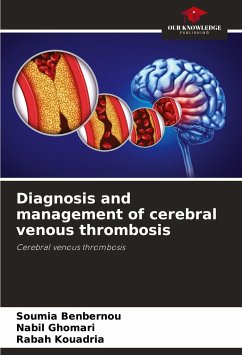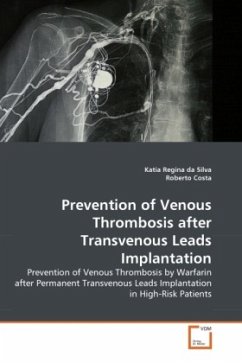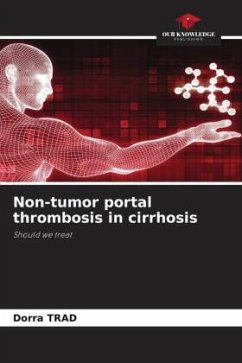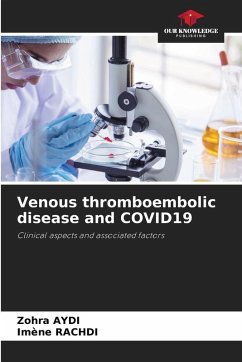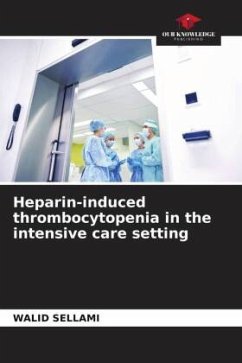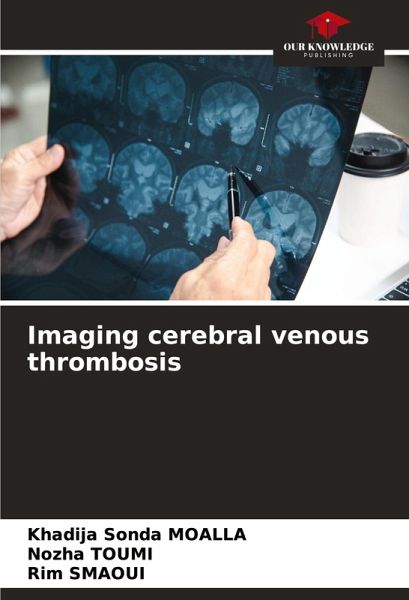
Imaging cerebral venous thrombosis
Versandkostenfrei!
Versandfertig in 6-10 Tagen
29,99 €
inkl. MwSt.

PAYBACK Punkte
15 °P sammeln!
Cerebral venous thrombosis (CVT) is a diagnostic and therapeutic emergency that can lead to serious sequelae. Early diagnosis and prompt treatment can reduce the morbidity and mortality associated with this pathology. Clinical polymorphism underlines the importance of cross-sectional imaging for accurate diagnosis. Both CT and MRI provide direct evidence of venous occlusion, but MRI is superior to CT in detecting a clot in cortical or deep veins. Thrombus appearance on MRI is variable over time. MRI provides a better assessment of any associated venous infarcts. Finally, it helps to orientate ...
Cerebral venous thrombosis (CVT) is a diagnostic and therapeutic emergency that can lead to serious sequelae. Early diagnosis and prompt treatment can reduce the morbidity and mortality associated with this pathology. Clinical polymorphism underlines the importance of cross-sectional imaging for accurate diagnosis. Both CT and MRI provide direct evidence of venous occlusion, but MRI is superior to CT in detecting a clot in cortical or deep veins. Thrombus appearance on MRI is variable over time. MRI provides a better assessment of any associated venous infarcts. Finally, it helps to orientate the etiological diagnosis, to look for associated lesions and to rule out certain differential diagnoses.





